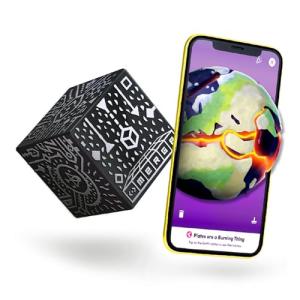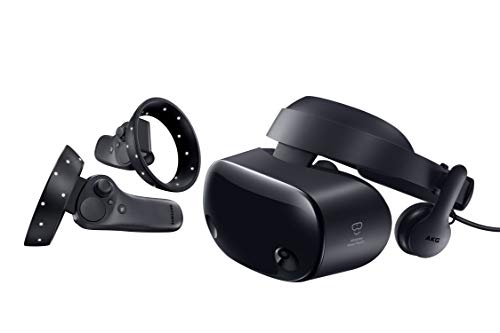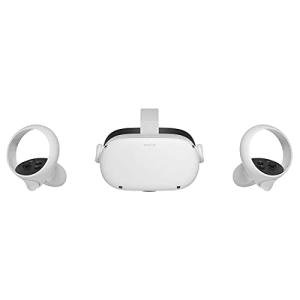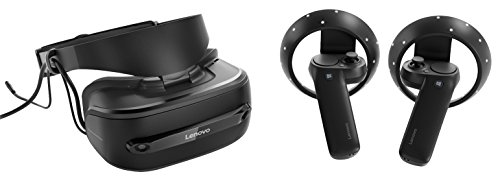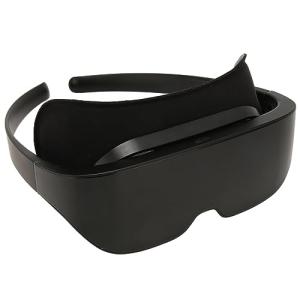Augmented Reality is popping up everywhere in our daily lives, and it’s pretty cool to see how it’s changing the way we do things. From shopping to education, there are tons of Augmented Reality Use Cases that make everyday tasks easier and a lot more fun. Imagine trying on clothes without stepping foot in a store or picking out a new piece of furniture by seeing it right in your living room before buying it. That’s the power of AR!
One of the best Augmented Reality Use Cases is in the realm of home improvement. Apps let you visualize paint colors on your walls or see how new kitchen cabinets will fit into your space. You can walk around your home, point your camera, and get an accurate view of how changes will look, which saves time and helps you avoid costly mistakes.
In education, AR is opening up a whole new world for students. Imagine learning about the solar system and then seeing a detailed 3D model of planets right in front of you! This interactive approach makes learning more engaging and helps information stick. Schools are starting to adopt this tech, and students get to experience lessons in a way that’s simply not possible with traditional methods.
And let’s not forget entertainment! Games like Pokémon GO have shown just how much fun AR can be. You step outside, and suddenly, imaginary creatures blend with the real world. It gets people moving and socializing, which is a win-win. Plus, it’s not just games; concerts and events are using AR to enhance the experience, allowing attendees to see visual effects that add a whole new layer to their enjoyment.
AR in Education and Training
Augmented Reality is shaking things up in education and training like never before. Imagine learning about ancient history by stepping into a digital recreation of a historical site right in your classroom. With AR, students can interact with subjects in a way that makes them feel real and exciting. Forget boring textbooks; this hands-on experience keeps kids engaged and eager to learn.
Teachers are using Augmented Reality to create immersive lessons that stick. Instead of just reading about the solar system, students can use AR apps to see planets zooming around them. They can explore 3D models of the human body or dive deep into physics experiments. This way, they grasp complex concepts without getting lost in lectures. It’s like having a science lab or a museum right at their fingertips!
Training programs for professionals are also benefiting from these innovative Augmented Reality Use Cases. Imagine a surgeon practicing a procedure using AR simulations before stepping into the operating room. AR provides a safe space to learn and make mistakes. It boosts confidence and skill. Industries like the military, healthcare, and manufacturing are investing in AR to prepare their teams for real-world challenges.
Students and workers alike appreciate the accessibility AR brings to learning. Everyone learns differently, and AR caters to various styles—visual learners get vivid experiences, while kinesthetic learners can interact and experiment. With AR in education and training, the future is bright, engaging, and full of possibilities that make learning fun and effective.
Merge Cube - Interactive Augmented Reality Learning Tool
Explore, learn, and have fun with this hands-on AR tool that makes learning exciting and engaging
Product information
$29.99
Product Review Score
4.26 out of 5 stars
44 reviewsProduct links
Gaming Meets Augmented Reality
Ever thought about how gaming can take it up a notch with augmented reality? Imagine diving into your favorite game and seeing characters pop up right in your living room or backyard. This isn’t just a neat trick, it’s one of the coolest augmented reality use cases you can experience today.
AR gaming blends the digital world with reality in super fun ways. Games like Pokémon GO have already shown us the magic. You get to chase virtual creatures, collect items, and even battle other players — all mixed with your actual surroundings. It's like having a treasure hunt in your neighborhood!
The technology behind AR gaming keeps getting better, too. Newer devices show off sharper graphics and smoother gameplay, making you feel like you’re part of the action. Plus, you don’t need heavy gear to get started. Just grab your smartphone or wearable device, and you can jump right into the fun.
Not only does this bring an exciting twist to gaming, but it also encourages you to get outside and move around. Whether you’re teaming up with friends or embarking on solo adventures, augmented reality use cases are changing how we play and interact with the world around us.
SAMSUNG HMD Odyssey+ Mixed Reality Headset with Controllers
Experience immersive gaming and stunning visuals with the Samsung HMD Odyssey Plus and its easy-to-use controllers
Product information
$499.99 $196.32
Product Review Score
4.29 out of 5 stars
46 reviewsProduct links
Healthcare and AR Innovations
Augmented reality is shaking things up in healthcare in some really cool ways. Imagine doctors being able to see a patient’s vital stats right on their bodies while they’re examining them. That’s happening now, thanks to AR. It helps healthcare professionals make quicker, more informed decisions without relying solely on screens or bulky equipment.
One standout use of augmented reality is in surgical training. Surgeons can practice complex procedures in a safe, virtual environment. This hands-on training boosts their skills, making them more confident when they operate on real patients. It’s like a video game, but with real-life applications that can save lives.
Some hospitals are even using AR to guide patients through their care plans. With AR apps, patients can visualize their conditions and treatment paths. This not only clarifies things but also helps patients feel more empowered about their health choices. Plus, it’s a lot less intimidating than a stack of confusing papers.
Even in therapy, AR is making waves. It’s used for everything from helping people manage anxiety to providing social skills training for those on the autism spectrum. By immersing individuals in a controlled space, therapists can tackle issues that might be too daunting in the real world.
